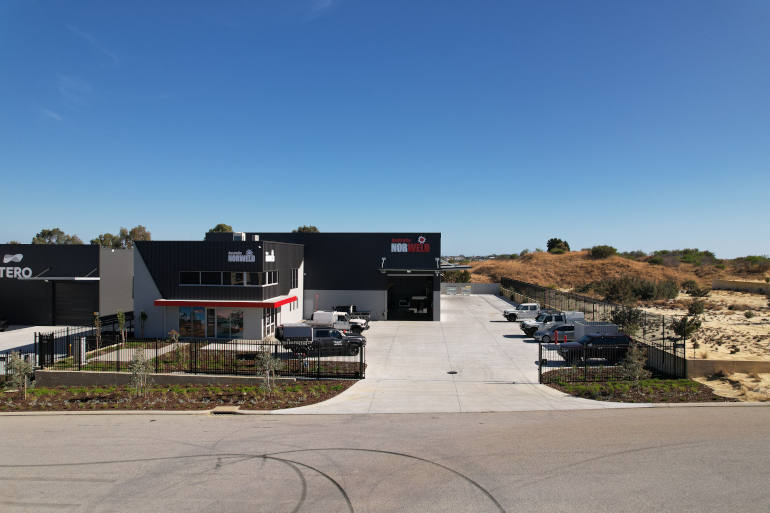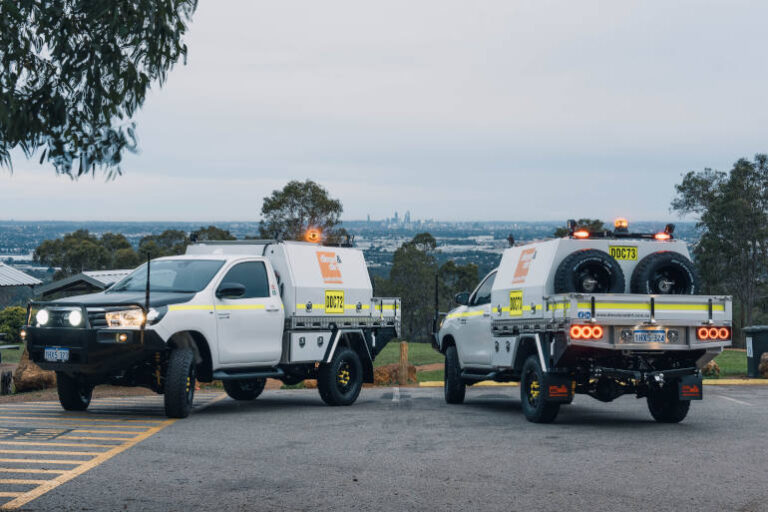Norweld, has invested $5 million in a new 2,573sqm purpose-built facility in Wangara to meet demand from recreational and fleet customers.
Once at full capacity the facility will employ 30 local staff and triple Norweld’s previous output capabilities in WA, including servicing customers as far north as The Kimberley and exporting to the Middle East and North Africa.
The fastest growing of Norweld’s seven locations across Australia, trays and canopies fitted in the Perth facility are designed to withstand the country’s most rugged job sites across agriculture and farming, mineral and petroleum mining and trade sectors.
Norweld’s products have already been trusted by dozens of fleet customers nationwide, including mining and electrical contractors, electricity providers, and the AFP’s Search and Rescue division in ACT.
Norweld WA Sales and Operations Manager Dion Katemis said the business’ growth shows there is strong demand locally for high quality trays and canopies.
“We know that Perth locals love traveling many kilometres off-road, and fleet vehicles need to access some pretty remote and rough sites, which is why our products need to be guaranteed to last,” Mr Katemis said.
“With our new facility we’ll be able to triple our production output and support hundreds more local businesses, trades and families.
“Our fleet customers know Norweld products are built to last, which saves their teams immensely on costs associated with repairs and replacements.”
Diesel & Dirt Contractors, a specialised labour hire business for the mining and construction sectors, has 35 Norweld trays and canopies fitted to its fleet which travels thousands of kilometres across WA and SA.
“We liked the innovative ideas that Norweld have, and the ability to customise what we wanted, the way we wanted to make it work for our team,” Diesel & Direct Operations Manager Al Kristensen said. “Doing our own research over the years, we’ve seen Norweld as a fundamental brand in the recreational market, it was clear to see the business had longevity and the products were much more aesthetically pleasing than traditional fleet options. Structurally they’re second to none.”







